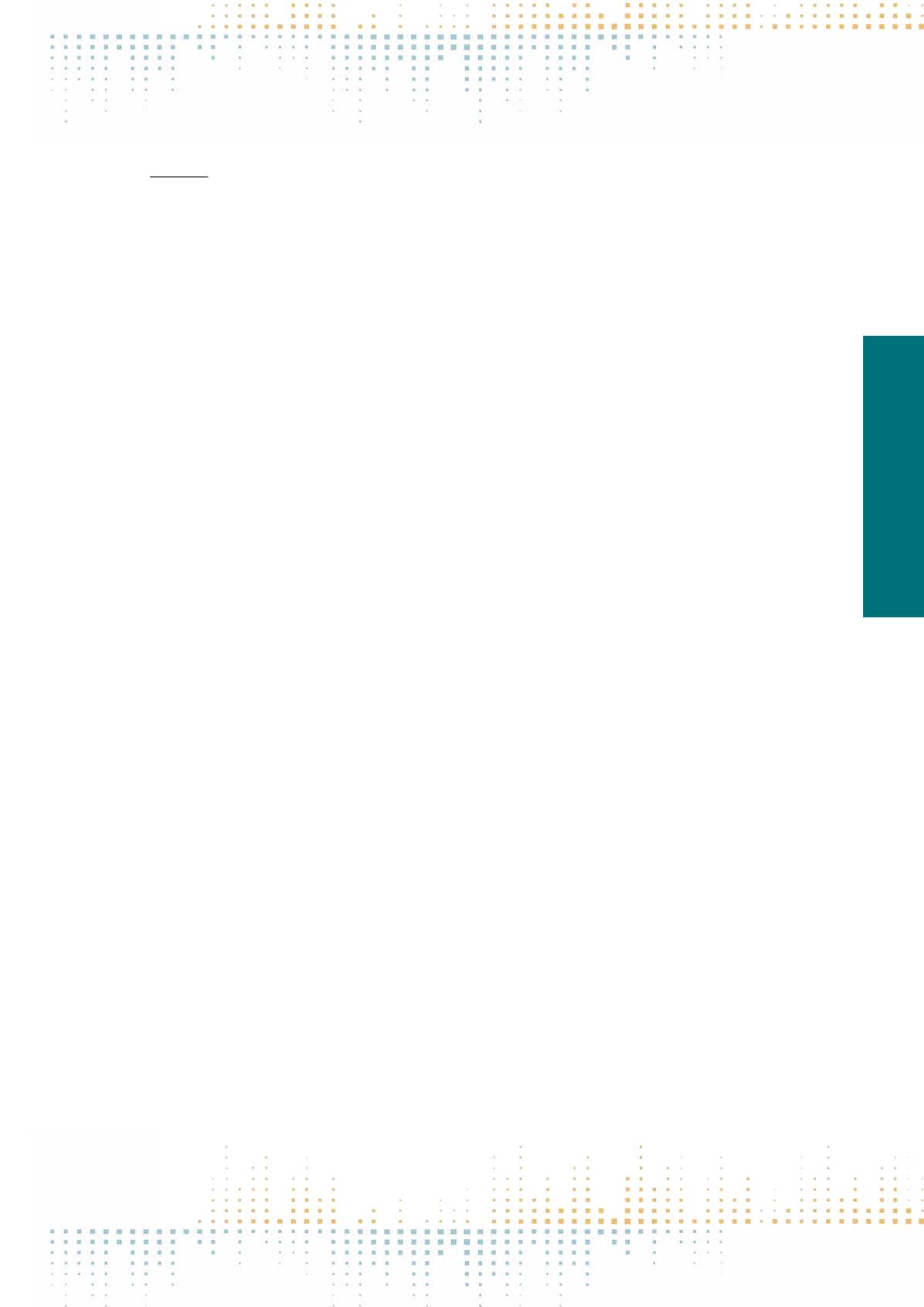

131
Friday, November 11
1 4 : 3 0 – 1 6 : 0 0
PS 028
Crowds/Publics/Audiences: Historical Snapshots of the Mass in the Media
K. Widestedt
1
1
Stockholm university, Department of Media Studies, Stockholm, Sweden
In historical perspective, "the mass", or the crowd, is obviously a centre of gravity for the (visual) media, whether consisting of rallying political protesters
or of royal subjects paying tribute to their monarch. Although behaving according to different protocols in different situations, the crowd seems to be
imbued with intrinsical news value whenever and wherever it materializes in public space. It is evident that the historical links between the mass and
the media are strong, conceptually as well as theoretically. In this paper, the attraction between masses and media is explored in a comparative historical
study of media representations of "the crowd" in different emotional modes and with various registers of preferred collective action. By comparing how
the behaviour of the mass was reported in consensual and contentious settings, respectively, I hope to contribute to the understanding of protesters as
well as of their "others", the consenting public. The empirical case in point is provided by newsreels and newspaper reports from Imperial Russia, where
the public behaviour and emotions of the crowds during the meticulously organised celebrations of the Romanov dynasty's third centennary in 1913 is
pitted against those of the protesting crowds during the first waves of revolution, in February and October 1917. The questions guiding the analysis are:
How were the relations between mass and media represented in news images and texts from the events? How did the media conceive of the mass, and
of its own position, in these different situations?



















